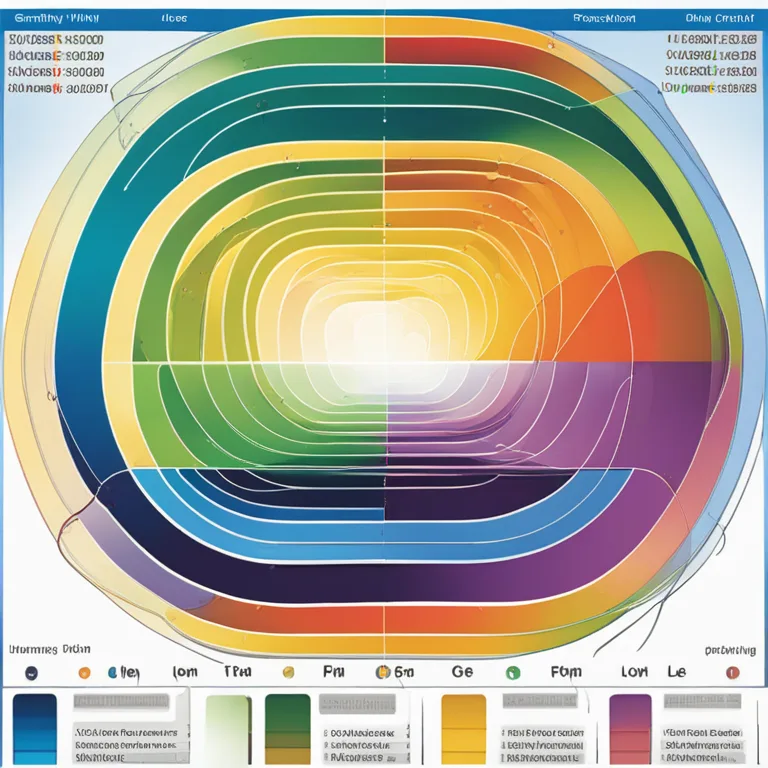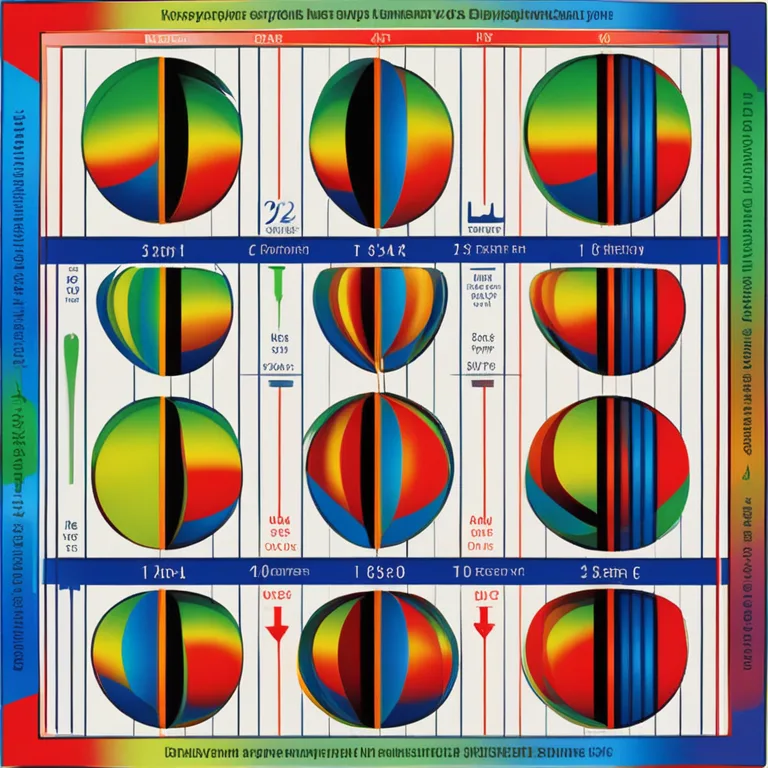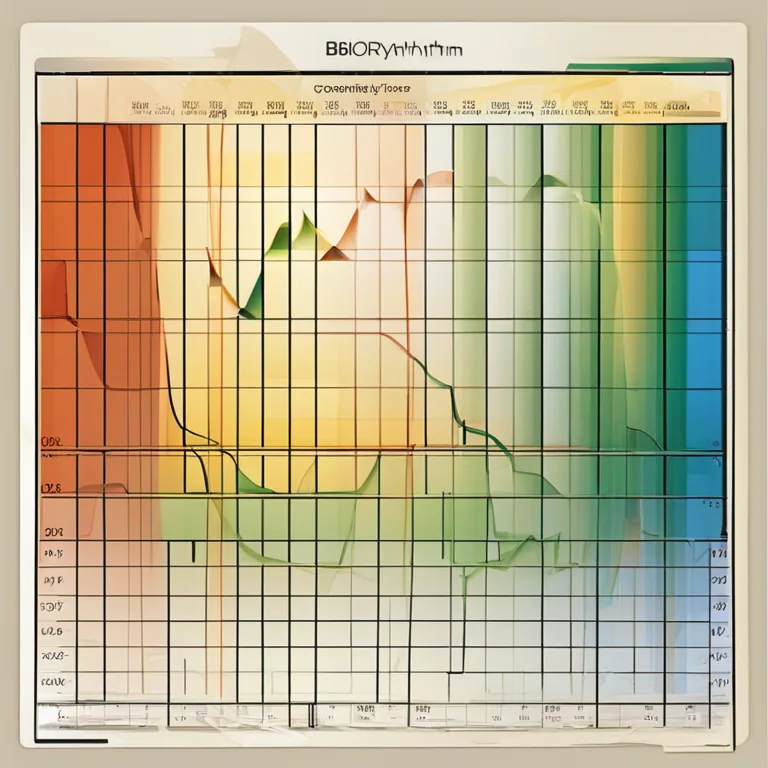
The Role of Biorhythm Charts
Delve into the concept of biorhythm charts, a captivating tool designed to predict individual energy cycles and their impacts on daily life.
article by Adrian Wallace
Introduction to Biorhythms
Biorhythm charts are based on the idea that our lives are influenced by natural mathematical cycles. These charts aim to predict various aspects of an individual's life by mapping energy levels across physical, emotional, and intellectual spheres. The concept originated in the late 19th century, but it has evolved with technological advancements, integrating into the modern holistic wellness scene to offer personalized insights that many believe can aid in daily decision-making.

The Three Primary Cycles
Central to biorhythm theory are three primary cycles: the 23-day physical cycle, the 28-day emotional cycle, and the 33-day intellectual cycle. Each cycle starts from the moment of our birth. According to proponents, comprehending these oscillations can help us anticipate periods of strength or vulnerability. For instance, a peak in the physical cycle may indicate a day of high energy, while a low point could suggest a need for rest and recuperation.

Creating a Biorhythm Chart
To create a biorhythm chart, one simply inputs their birth date into a biorhythm calculator, commonly found online or in various wellness apps. The calculator then projects the individual cycles on a chart, usually a graph that clearly demarcates the high, low, and critical phases of each cycle. The results are often presented with a forward-looking span, allowing the individual to consider upcoming trends in their energy levels.

Practical Applications of Biorhythm Charts
Many people find biorhythm charts particularly useful when planning ahead. They might use them to choose the best days for engaging in challenging physical activities, making important decisions, or connecting with others on an emotional level. Of course, the scientific community remains skeptical about the empirical validity of biorhythms, so these charts are usually categorized under entertainment or for personal contemplation rather than as a scientifically proven tool.

Modern Integrations and Adaptations
In the digital age, biorhythm charts have become more accessible and detailed. Some platforms offer comprehensive analyses that include secondary cycles, such as intuitional, aesthetic, and spiritual rhythms, providing even more layers for interpretation. The integration of biorhythms into wearable technology and personalized health apps also reflects their growing popularity within the wellness industry.
Enhancing Self-Awareness
Regardless of one's stance on the scientific legitimacy of biorhythms, engaging with this concept can lead to a greater awareness of one's own body and feelings. This can encourage a proactive attitude towards health and well-being, prompting individuals to listen to their bodies and be more in tune with their mental and emotional states. It's an exercise in self-awareness that can foster a deeper connection with oneself.
The Biorhythm Controversy
It is important to note that mainstream science does not recognize biorhythms as a valid method for predictions. Critics argue that the theory lacks substantial empirical evidence and is subject to confirmation bias. Yet, biorhythm charts continue to fascinate and entertain, and for many, they serve as a tool for reflection rather than a determinant of destiny.
Published: 12/28/2023
Modified: 12/28/2023
More predictions
Come back here soon to learn more about yourself and your future


The Reality Of Biorhythm Compatibility
Unravel the truth behind biorhythm compatibility and its role in personal relationships and daily life.


Unlocking Your Body's Natural Clock
Explore the intriguing world of biorhythms and discover how they influence your physical, emotional, and intellectual states.


Biorhythms In Humans Explored
Exploring the concept of biorhythms and their influence on human behavior and physical states.